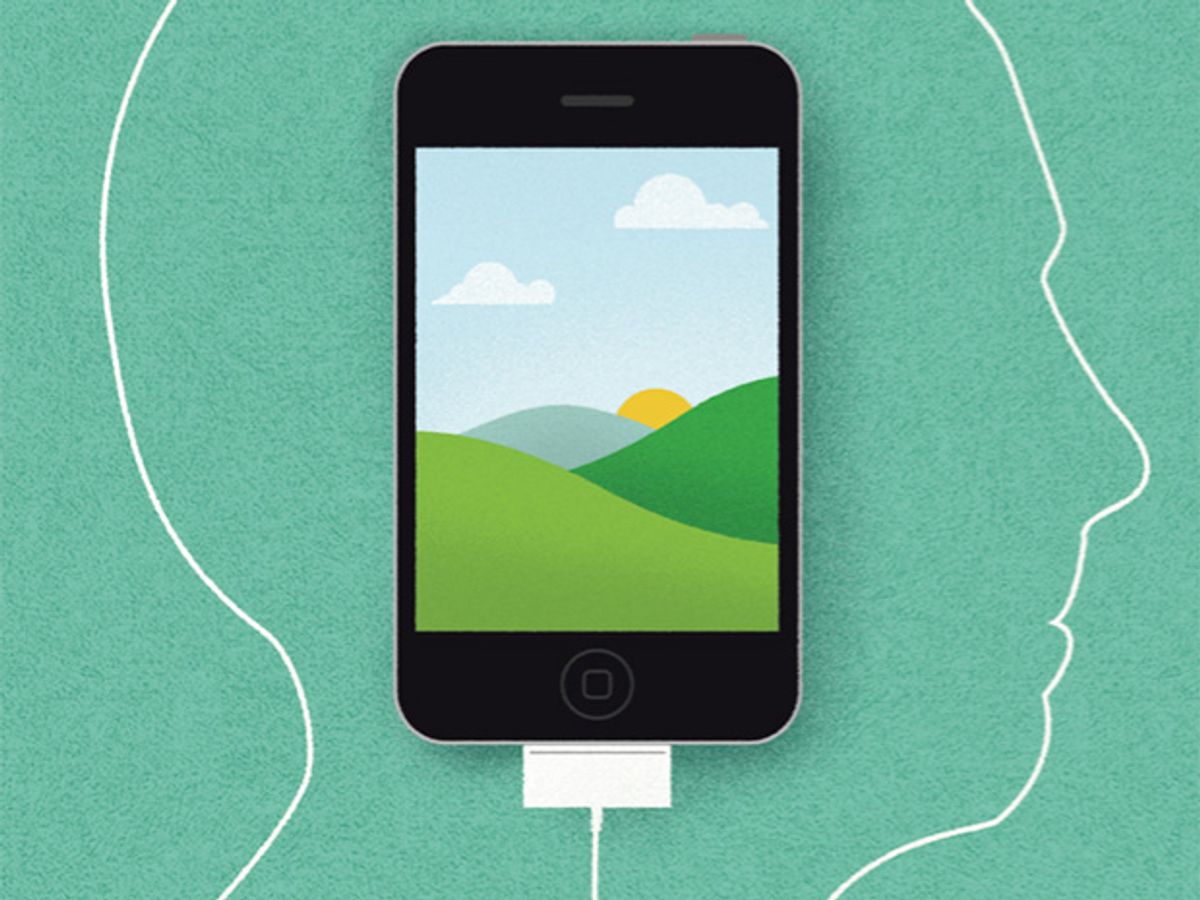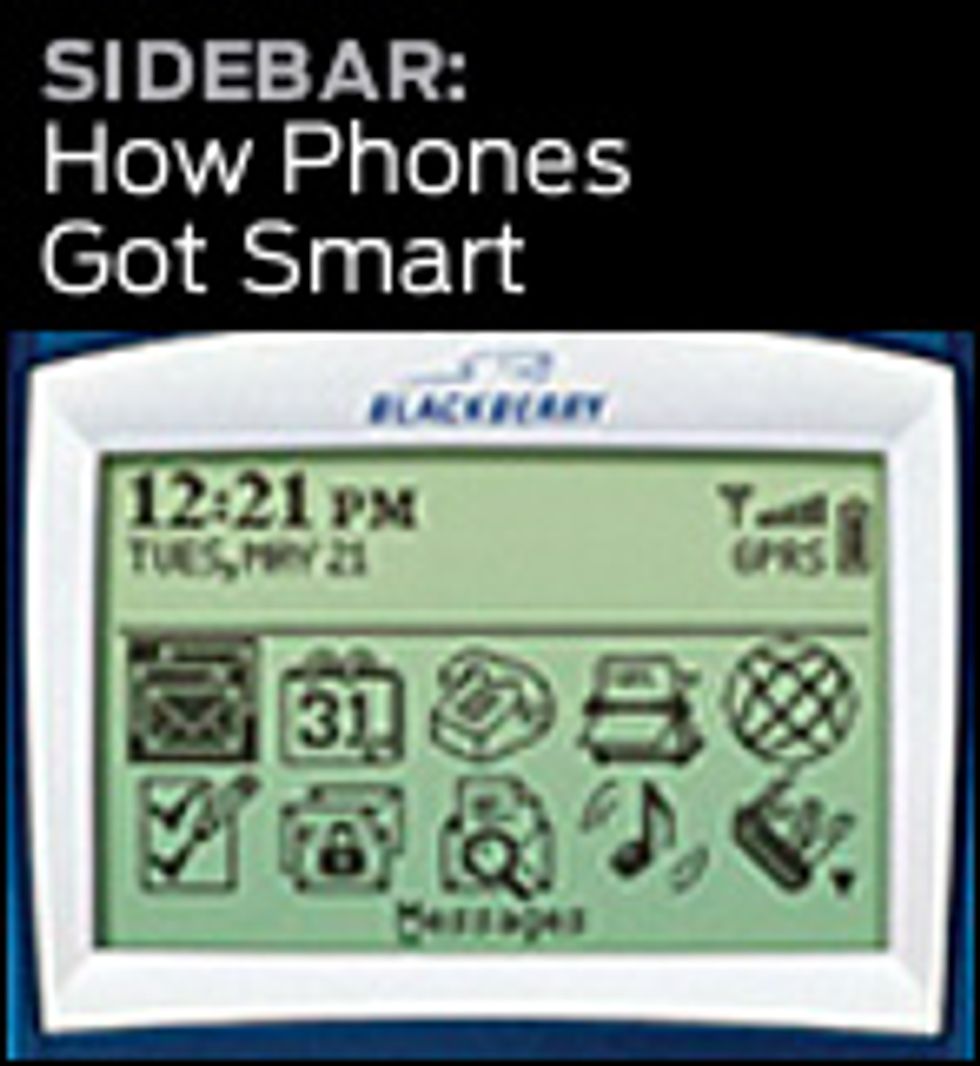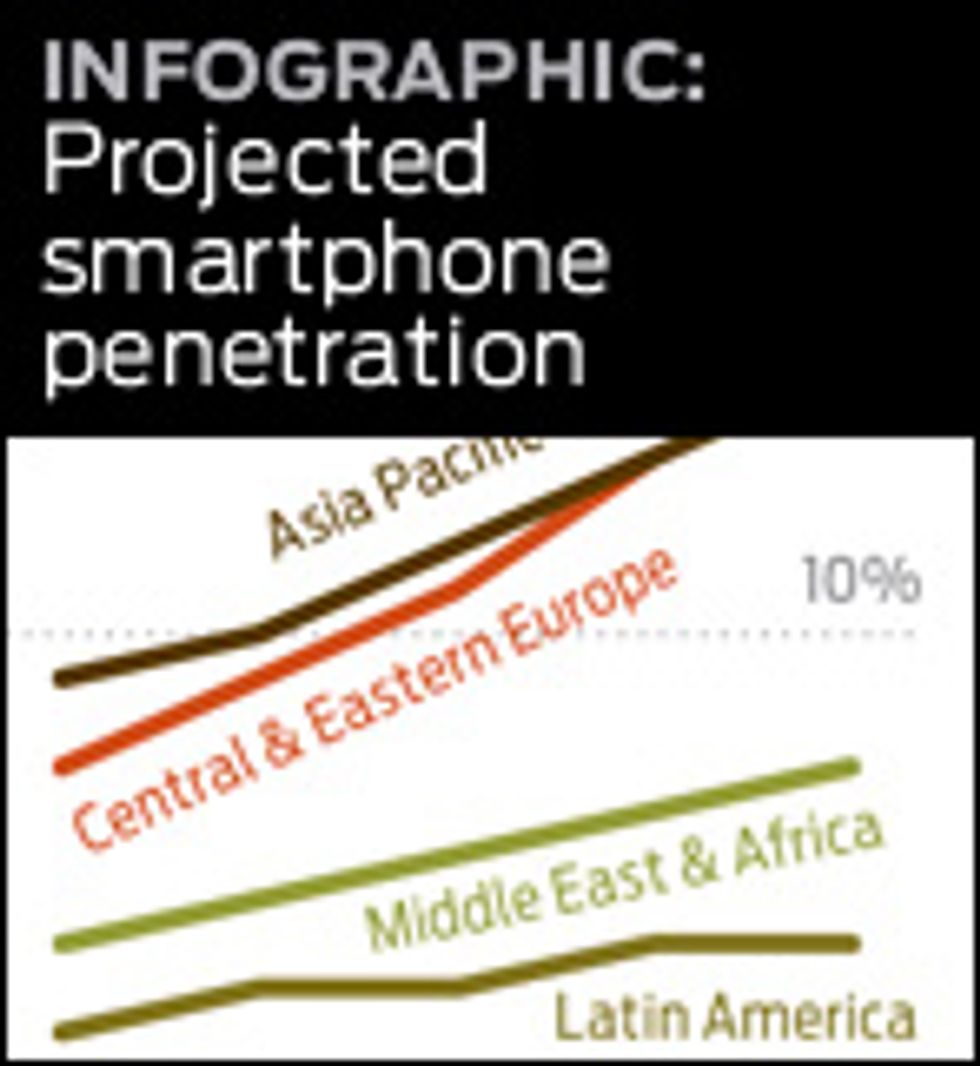Smartphones: The Pocketable PC
Is Your Phone Smarter Than a Fifth Grader?

This is part of IEEE Spectrum's special report: Top 11 Technologies of the Decade
Douglas Adams'sHitchhiker's Guide to the Galaxy series is named after a pocketable device that contains everything worth knowing. But that seems almost quaint today, when you can carry the full contents of the Web in your pocket, as well as a telephone, a camera, a radio, a television, and a navigation system. Today's smartphones are marvels of engineering, crammed with more features than the average PC. They've become the prime driver of innovation for both software and hardware.
It took half a century to shrink the mainframe from the size of a living room to that of a suitcase. It took another decade to make it smaller than a wallet. The smartphone has swallowed and assimilated functionality from music players, remote controls, gaming consoles, even printed maps and news publications. And now that smartphones are serving as Wi-Fi hot spots, they can replace wireless routers and modems, too. Smartphones are becoming as essential as keys or a wallet, and they'll soon replace those as well.
This has some real consequences. Unlike its predecessors, the smartphone is an inherently personal device: Not only is it always on, it's always somewhere on us. Without realizing it, we've let smartphones usher us into an age of ubiquitous, pervasive computing that technologists, as well as science-fiction authors, have been dreaming about for years [PDF].
"Smartphones help users stay connected to information at any given time, any given location," says Dilip Krishnaswamy, a Qualcomm engineer and associate editor in chief of IEEE Wireless Communications. "The information is just there when you need it."
We've come to rely on such connectivity. There's no need to pack a map or directions when an app can guide you in real time, nor to consult a restaurant guide before leaving the house. In these and a thousand other ways, the smartphone, more than any other technology to have emerged in the past decade, is the one that has most changed our lives.
To be sure, back in 1973, Motorola's Martin Cooper didn't set out to build an always-connected, portable computing device. He was simply trying to shrink the car phone down to the size and weight of a luggable brick. But once the cellphone had earned a permanent place in our pockets, it became an unavoidable platform for innovation, upstaging the PC. If Starbucks wants to make it quicker and easier to pay for a cup of coffee, why not do it through the phone? If The New York Times wants to get away from paper, well, everyone's already carrying around a perfectly readable screen.
Smartphones are more than just bells and whistles—they actually change behavior. With a traditional mobile phone, users spend most of their time making calls and sending text messages. On a smartphone, basic communication takes a back seat to Internet browsing, e-mail, entertainment, and games. This difference is due to three key ingredients, each of which has seen tremendous advances in the last decade: hardware, software, and network infrastructure.
COMPANY TO WATCH:
Broadcom Corp.,
Irvine, Calif.
If you want your phone to replace your wallet and keys, it will need a near-field communications (NFC) chip. Broadcom already supplies companies like Apple with integrated Wi-Fi and Bluetooth chips, and thanks to its August 2010 purchase of UK-based Innovision, the company should soon be able to add NFC for less than US $1 per unit.
BET YOU
DIDN'T KNOW:
South Korea, which has long boasted the world’s fastest data connections, saw average Internet connection speeds slow by 24 percent in 2009. Blame the iPhone: It made its debut on the country’s slow wireless networks and was then widely adopted.
The hardware is the most obvious. Thanks to high-resolution displays with touch screens or QWERTY keyboards and tiny camera lenses on the outside and gigahertz processors, radio antennas, and image sensors on the inside, the phones hardly resemble their modest predecessors.
But at least as important is the software. "The operating system is the foundation for everything else in a smartphone," says Donna Dubinsky, a cofounder of Palm, the company that first succeeded in cramming computer functionality into a pocketable device. Every major smartphone operating system now supports third-party applications that extend the phone's capabilities far beyond what any one manufacturer can do.
And in addition to using the resources of the phone itself, these apps can off-load data storage and processing to the cloud [see "It's Always Sunny in the Cloud"] in the form of server farms around the world, thanks to ever increasing wireless bandwidth—the third key development behind the smartphone. "People naturally want to focus on the device itself," says Dubinsky, "but what's important is the complete system, including hardware, software, and application development environment."
Current smartphones quietly shift between Wi-Fi and 3G so that users are always connected to the best available network. Remember that the iPhone, still less than four years old, didn't even access 3G networks when it launched. By October of last year, you could get a 3G signal at the top of Mount Everest, and now the first 4G networks are emerging.
Today we're seeing only hints of how a smartphone world will be different. With their numerous sensors, they will form nodes in a vast and unprecedented data collection network. Researchers have already used phones' accelerometers to follow basic health indicators (such as a patient's gait), their GPS to monitor crowd and pedestrian traffic patterns, and their microphones to track bird migrations. Several app developers have created the first useful examples of augmented reality—letting you point your phone at a restaurant and see a bunch of customer reviews, for example.
These capabilities come with strings attached, notably the addictive effects of always-on connectivity. BlackBerries are rightly nicknamed "CrackBerries" for the way they feed a workaholic's addiction. Krishnaswamy notes that we're training ourselves to always be ready for the next e-mail or status update, and we're disappointed when one doesn't arrive. And not everyone likes it when people interrupt dinner to surf the Web to fact-check the conversation.
Some experts even worry about a new digital divide between those who can afford smartphones and data plans and those who can afford only basic mobile phones. In fact, many smartphones cost more than low-end computers, once you take away the subsidized prices that wireless carriers offer for them. Yet in rural and impoverished areas, they represent a much better investment because they're self-contained, needing neither additional network infrastructure nor even reliable power.
In any case, many high-end features will inexorably filter down to low-end phones, as they have in the camera market, and what begins as a luxury will quickly become a necessity. In 2007, sales of smartphones surpassed sales of laptops, and some predict that by 2014 more people will browse the Internet by phone than from traditional computers [PDF].
The drive to communicate on ever-wider scales has shaped many of our technological advances, and these in turn have shaped how we communicate. Moving from text messages to Twitter updates, from voice to video chat seems to be part of our evolution. "The interesting thing is how it's changing human behavior itself," says Krishnaswamy. "Smartphones will become a sixth sense for the user, gathering information from wireless sensors in the user's environment and from the network, interpreting the information, and providing valuable feedback to the user."
This article originally appeared in print as "Smartphones."
For all of IEEE Spectrum's Top 11 Technologies of the Decade, visit the special report.

